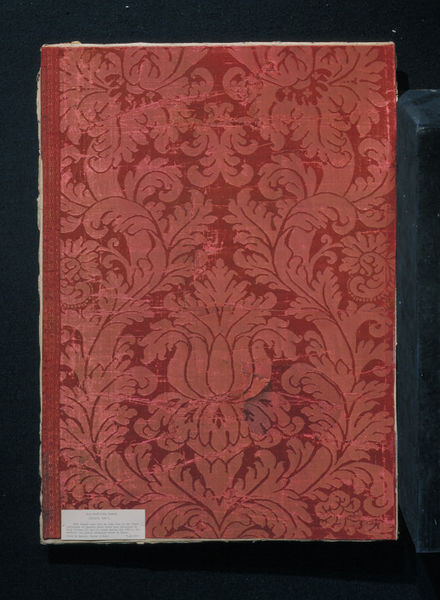Last week we visited Europe, and all the cities and countries and valleys there that gave their names to the fabrics that we wrap ourselves in.

I'll happily go just about anywhere that has a nice beach

Historically gauze was made from silk, but today it is usually cotton

It looks like a beautiful (if smoggy) city. I'd love to visit Iraq and Iran - I hope this becomes possible soon.

White muslin evening dress, 1800-1810, V&A Museum

I feel uplifted just looking at it.

Silk damask, Italy, ca. 1680 to 1690, V&A Museum

Pots, El Fustat, Old Cairo

Block printed fustian, France, 1685-1725, V&A Museum

Egypt, it's not all about pyramids (though having made it to Egypt it would be inexcusable not to go all the way and see them too!)

You are so soft and fluffy!
After the Middle East, our tour will take us to India, which donated a plethora of names, all of which I will tell you about…next week.

This is so interesting! Thank you for putting these tours together 🙂
Very nice, ta!
(“Musolini”? LOL!)
Yeah, that made me laugh too!
Yes… musolini… For me, Musolini will always be connected with my sister’s story of how she was portraying Musolini in a holiday camp tongue-in-cheek theatre, and added to its tongue-in-cheek-ness by entering her scene (the Munich conference) too late, and apologising (already as Musolini) that her tram was late. So now, if I can also add the detail that it’s actually fabric…
Anyway. This keeps being an awesome guide!